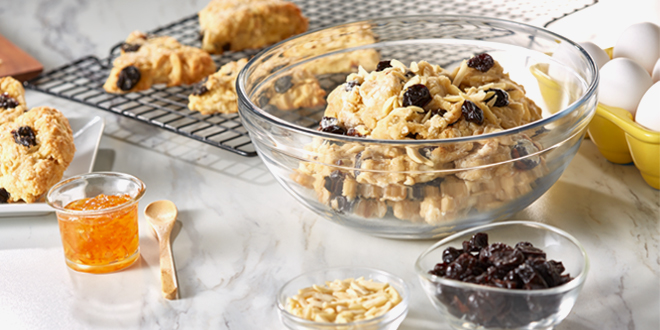For amateur chefs, a good set of kitchen knives is essential for chopping vegetables and meat. A rolling pin is another tool that makes flattening sugar cookie dough easier.
Knives
Knives are the backbone of every meal you prepare in your kitchen. The chef’s knife is one of the most essential knives to own and should be used for almost all cutting tasks in the kitchen, including slicing bread, chopping vegetables, and mincing herbs. Utility knives are a great addition to any home kitchen and can be straight or serrated. These small knives are ideal for peeling produce, slicing sandwiches, and breaking bars of chocolate into smaller bits. A tomato knife features a narrow blade that reduces tears and preserves a tomato’s delicate texture. And for meat, a cleaver is heavy and sharp enough to cut through bones. Find out more about kitchen knife types and applications. An elegant touch to a chef’s kitchen can come from personalized cooking utensils. Cooking classes and events can benefit from it as well.
Spoons
Aspiring chefs rely on spoons for various tasks, including stirring, scooping, eating, and plating. Along with tasting as they go, they use them to scrape food off the bottom of pots and pans while cooking. Measuring spoons makes it possible to combine ingredients for each dish accurately. This precision prevents costly wastage and ensures that your culinary creations meet your nutritional goals. With its extended bowl and short handle, a salt spoon is designed to sprinkle coarse or flaked salt for a more precise application. It helps establish consistent portion control for your establishment and reduces inventory uncertainty and supply budget challenges. Wooden spoons are also insulated, so foods or recipes that may be sensitive to temperature changes won’t experience sudden temperature fluctuations when handled.
Measuring Cups
A set of measuring cups is essential for ensuring accurate measurements and helping you create consistent recipes every time. Most sets include a variety of cup sizes, starting with a full cup and working through fractions like 1/4 and 1/3 cups. Liquid measuring cups are typically made from clear glass or plastic with a pouring spout and marked with volume marks to help you accurately measure liquid ingredients. You’ll want to use these for ingredients like water, broth, cooking oil, milk, and even thicker liquids like honey or molasses. Dry measuring cups are a staple for measuring dry ingredients such as flour or sugar. These are available in various sizes and are typically composed of easily cleaned materials like BPA-free plastic or stainless steel.
Forks
The fork is the yin to a spoon’s yang—complementary tools that help you navigate non-liquid foods like meat, fish, and salad. Having the right fork for the job will ensure your food doesn’t slip through your fingers and show off your understanding of table manners. Today’s forks are designed with ergonomics in mind to fit comfortably in the hand and are often more versatile than their predecessors. They can include a variety of tines that vary in length and shape to accommodate a wide range of food types. Even a pastry fork with three or four times is shorter and curved to better fit pastries. The fork’s journey from resistance to accepted dining utensils mirrors societal eating habits and etiquette changes.
Baking Sheet Pans
Baking sheet pans and flat trays with low edges that allow air to circulate are workhorses in any kitchen. Typically made of stainless steel or aluminum, they’re designed with a rimmed edge and sometimes coated on a nonstick surface. These pans are great for baking cookies, sheet cakes, and savory items like roasted vegetables and herbed meat. They can also double as a serving tray for appetizers, snacks, and meals like sheet pan Greek chicken or pulled pork nachos.
These pans come in several sizes, including quarter sheet pans (at 15x10x1 inches), half sheet pans (18 by 13 inches), and full sheet pans (at 26 by 18 inches, which are generally too large for home ovens). Look for sturdy models that are heavy enough to withstand high temperatures without warping.


